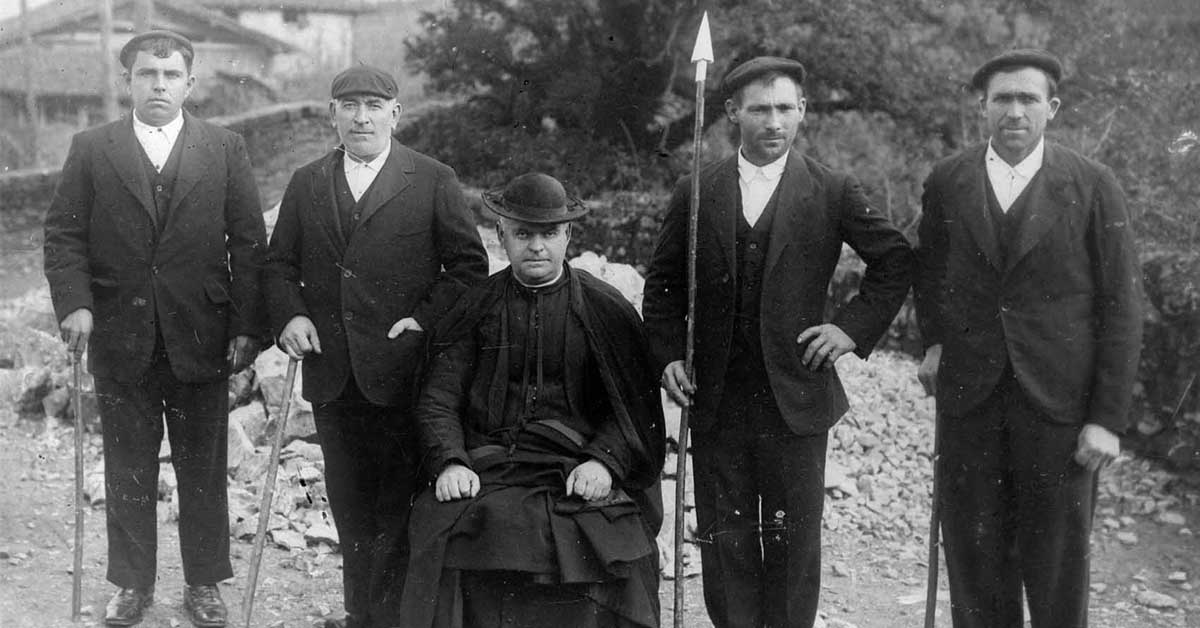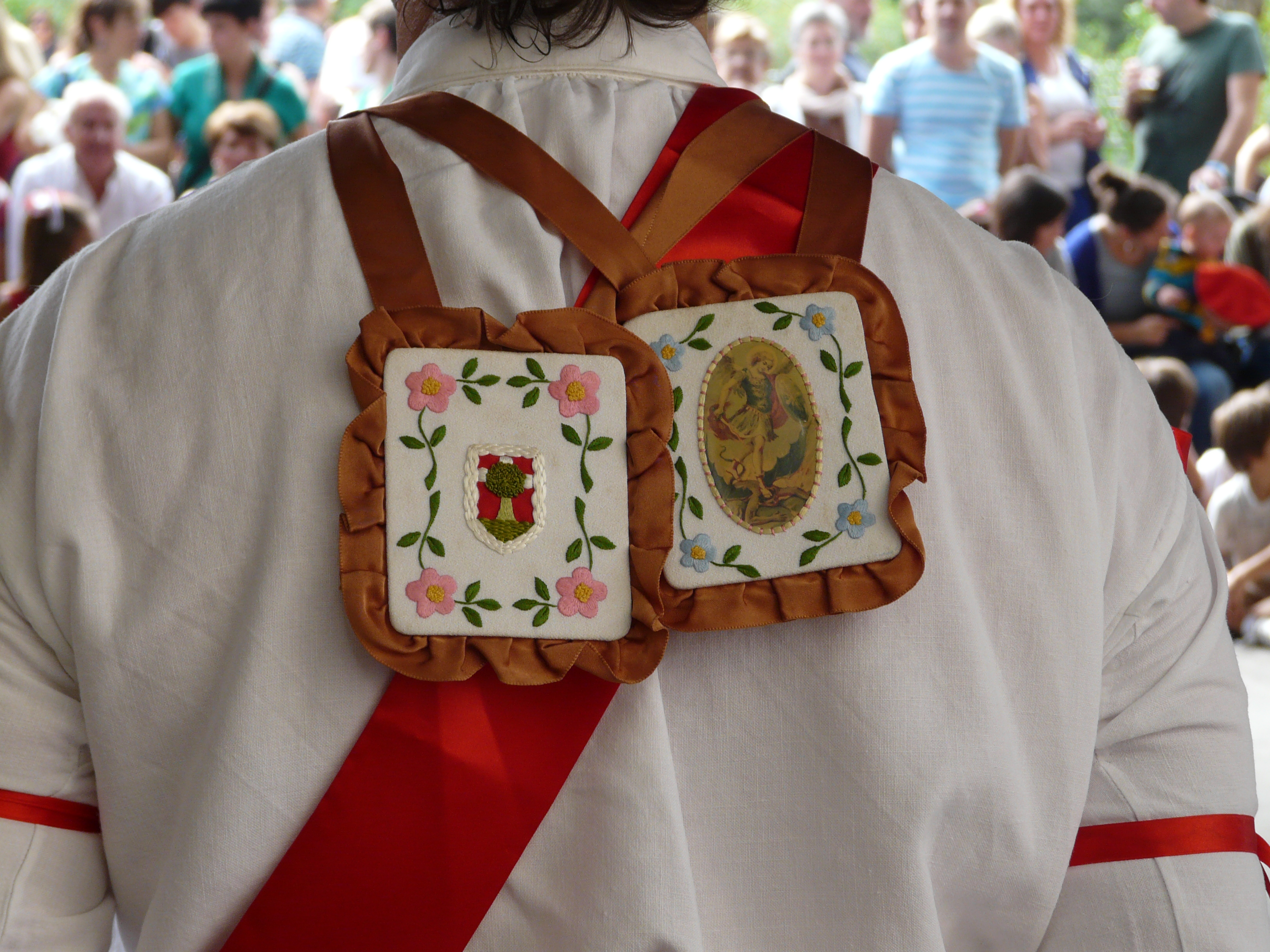Archives
The 29th of September is an important date on the Basque calendar, as it is the feast day of St. Michael, our patron saint, and the best known and beloved of the archangels in heaven.
However, the date was also known for practical reasons, as it marked the end of the farming year in popular culture. In other words and going even further back in time, it is the Christianised festivity of the equinox when summer ended and winter began.
In many places, that day was the start of the period that leaf litter or fern could be gathered from the common uplands, the livestock were taken to the winter pastures, the start of the work to get the forges or cold chambers ready, and the renewal of leases of mills, taverns or dwellings. And, among other interesting facts, that of renewing the posts of the elected officials of the village.
Traditional dances are an essential part of our culture and testimony of our character and personality. Each region maintains its own dances, and some of them extend across regions. In Markina-Xemein two dances are performed on the feast of St Michael, 29 September: the Xemein sword dance and the Mahaiganekoa dance. (more…)




